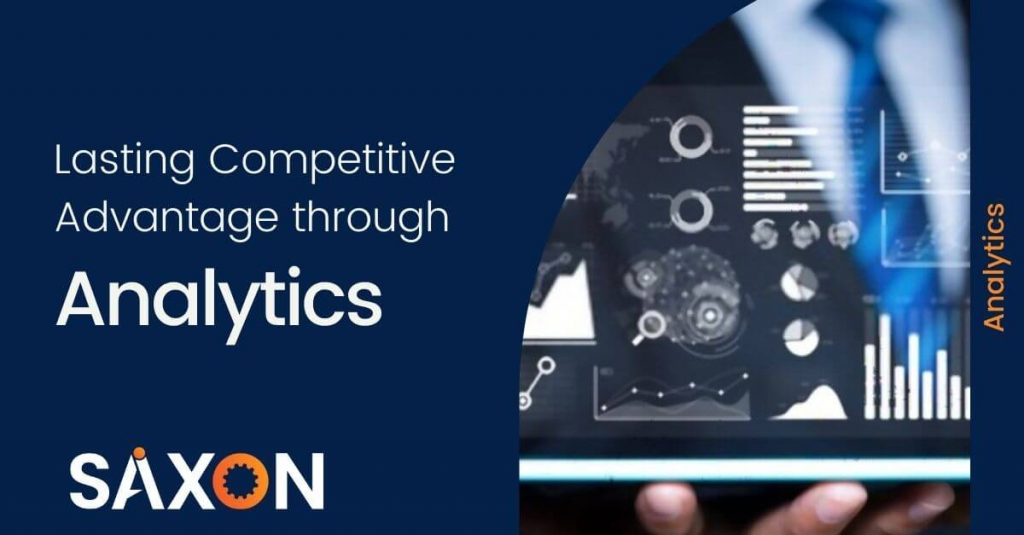In the 1980s, While all the “superstars” focused on the bigger fish in the financial realm, Richard Fairbank and Nigel Morris decided to focus on the credit card industry when there was only one choice of credit options. At the time, the credit card companies lacked focus on the individual customer and had no innovative solutions, thereby leaving a lot of cash on the table.
Fairbank and Morris believed that data analysis insights would enable a company to discover, target, and serve the most profitable credit customers while leaving other firms with less profitable customers. Ultimately, Fairbank and Morris created the industry’s first balance-transfer card. As the first card that targeted debtors as valued, not just valuable, customers, it quickly took off within the industry. It finally prompted Signet to spin off its bank card division as a company called Capital One.
Today, Capital One runs close to 100,000 marketing experiments per year to improve its ability to target individual customers. These tests provide a relatively low-cost way for the company to judge which products and programs hold the potential to scale to become successful. In a similar vein, Marriott International has embedded fact-based decision-making and analytics into several customer-facing processes. All the internet-born companies rely heavily on data analytics. They demonstrate the concept of competing on analytics and the connection between the extensive use of analytics and business performance.
When Bain & Company surveyed several large institutions worldwide about the use of analytics, less than 4% of them were effectively employing analytics as a strategic weapon. But those analytical competitors were:
- Twice as likely to be in the top quartile of financial performance within their industries.
- Three times more likely to execute decisions as intended.
- Five times more likely to make decisions faster.
The success of companies like Amazon, Capital One, Netflix, Marriott, Progressive, and Google demonstrates that the use of analytics helps:
Organizations to adapt to more than one situation – Sprint, for example, adopted its analytical expertise in marketing to improve its human capital processes.
It enables them to outperform the market by making smarter decisions and disrupt the industry by launching products/services ahead of time.
As with any competitive advantage, Analytics is a moving target that requires continuous improvement and reinvestment.

